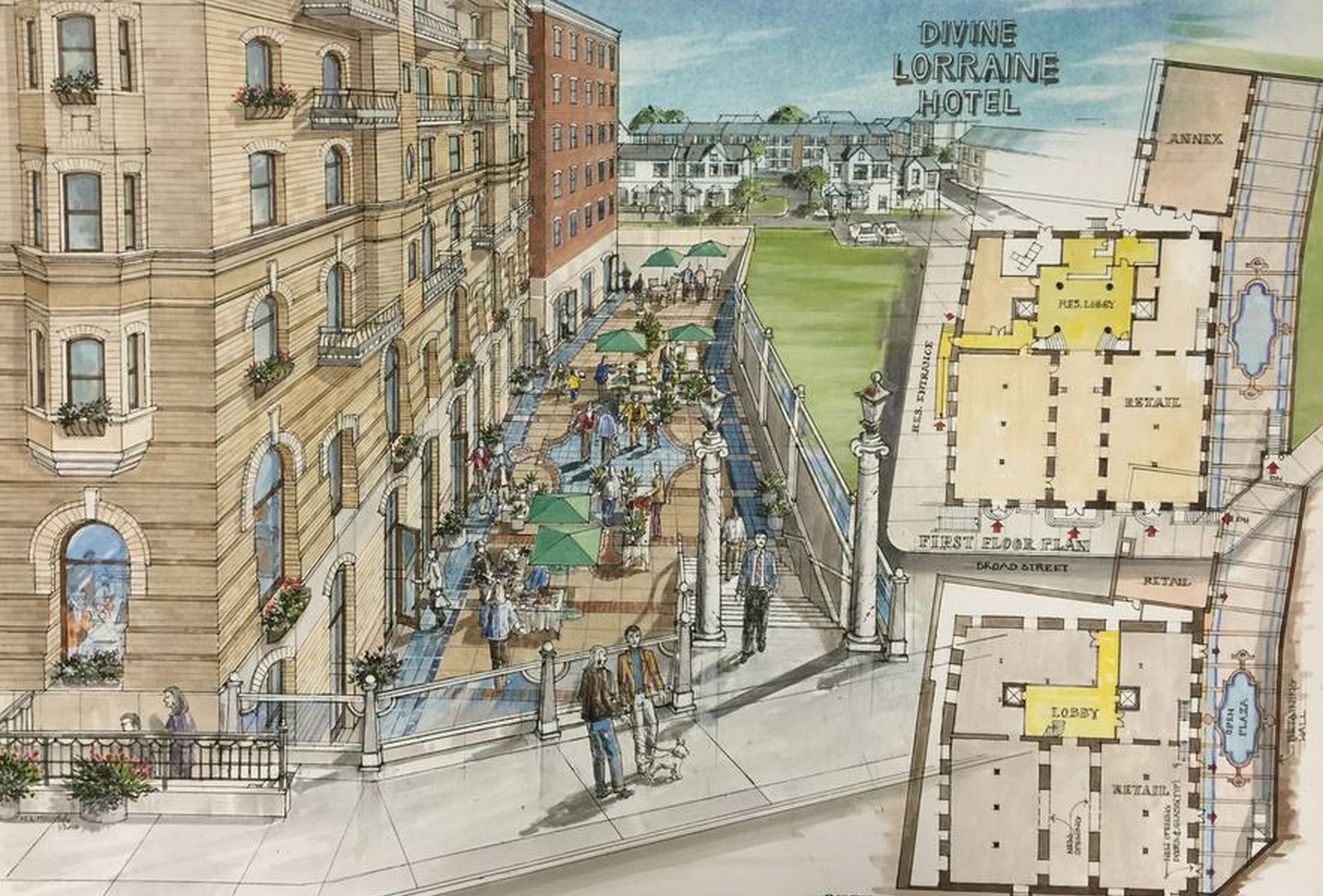January 30: Philly’s construction trends l Divine Lorraine open house l The university and the city

FixList, founded by Philadelphian Stacey Mosely, released a new construction market report based on new building and zoning permits issued in Philly from 2011 to 2015. The report reveals which neighborhoods are slowing down or experiencing a construction boom, as well as what kind of projects are being built. Curbed Philly provides the key details of FixList’s findings on new construction trends.
The first tenants moved into historic Divine Lorraine January 1st, even though the lobby and rest of the building is still under construction. Curbed Philly reports that roughly half of the apartments have been leased, so TCS Management will host open house for potential residents, preservation nerds, and curious gawkers that want a rare tour inside this historic Philadelphia landmark.
New York area housing rights advocates fear that the new Presidential administration will not only drastically cut federal funds for housing but also change federal guidelines, which could allow local communities and landlords to discriminate without much consequence, the New York Times reports. New HUD Secretary Ben Carson has called the regulations “what you see in communist countries,” Back in 1973, the Justice Department sued Donald Trump for racial discrimination in apartments in Trump Village on Coney Island, in one of the first major cases to be brought under the 1968 Fair Housing Act.
Universities as institutional real estate developers are some of the most powerful economic development engines in cities, especially Rustbelt cities, building housing developments, libraries, and stadiums. Drexel Professor Richardson Dilworth, writing for the Philadelphia Citizen, argues that in this new era of urban living and development, we need to rethink the partnerships between cities and their universities.
The Center for American Progress and the National Immigration Law Center published a new analysis using data from Immigration and Customs Enforcement (ICE). The study found that sanctuary cities had fewer violent and property crimes, higher median incomes, and slightly lower unemployment rates compared to non-sanctuary cities, CityLab reports. Sanctuary city or not, PolicyLink shares additional research that mayors both sides agree that conflating policing with immigration enforcement leads to a breakdown in the community trust.
WHYY is your source for fact-based, in-depth journalism and information. As a nonprofit organization, we rely on financial support from readers like you. Please give today.







